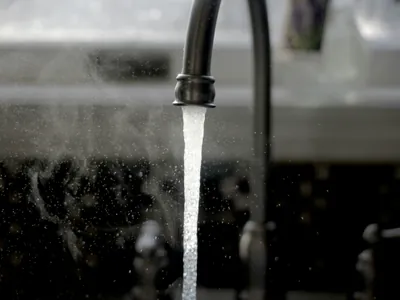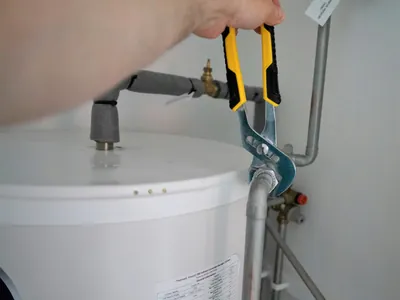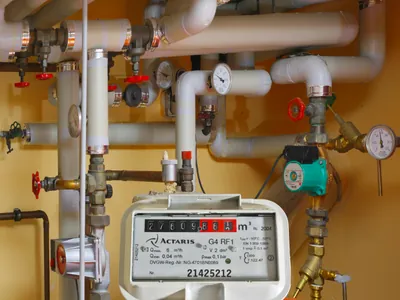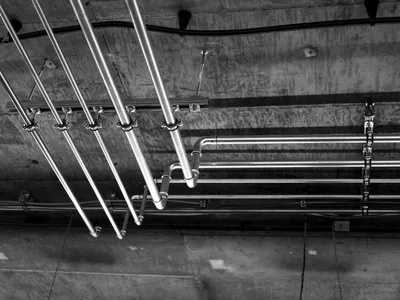Water Pressure Issues: Causes and Solutions

Low water pressure can make simple tasks like showering or washing dishes frustrating. While it can sometimes be a municipal issue, the problem often lies within your home's plumbing system. Understanding the common causes is the first step to restoring your water flow.
📉 Common Causes of Low Water Pressure
Several issues can lead to a sudden or gradual drop in your home's water pressure.
🔍 How to Troubleshoot the Problem
You can diagnose the source of the issue with a few simple checks.
🚿 Check Multiple Fixtures
Is the low pressure affecting only one faucet (a clogged aerator) or the entire house (a systemic issue)?
neighbour Check with Neighbors
If your neighbors are also experiencing low pressure, the problem is likely with the municipal water supply.
hot Check Hot Water Only
If only the hot water has low pressure, the issue is likely with your water heater.
read Read Your Water Meter
Turn off all water and check your meter. If it's still spinning, you have a hidden leak.
💡 Solutions for Restoring Pressure
Once you've identified the likely cause, you can take steps to fix it.
Potential Fixes
- Open All Valves: Ensure your home's main shutoff valve and the valve at the water meter are fully open.
- Clean Faucet Aerators: Unscrew aerators and showerheads and soak them in vinegar to remove mineral buildup.
- Adjust the PRV: If you have a pressure reducing valve, you may be able to adjust it to increase pressure.
- Call a Professional: For issues like clogged pipes, leaks, or a failing PRV, a professional plumber is required.
Ideal home water pressure is typically between 45 and 55 PSI. Pressure that is too high can damage appliances and pipes.
Don't live with frustratingly low water pressure. If you can't solve the problem on your own, contact The Box Advantage Group. Our experts can diagnose the issue and restore your home's water flow safely and effectively.


